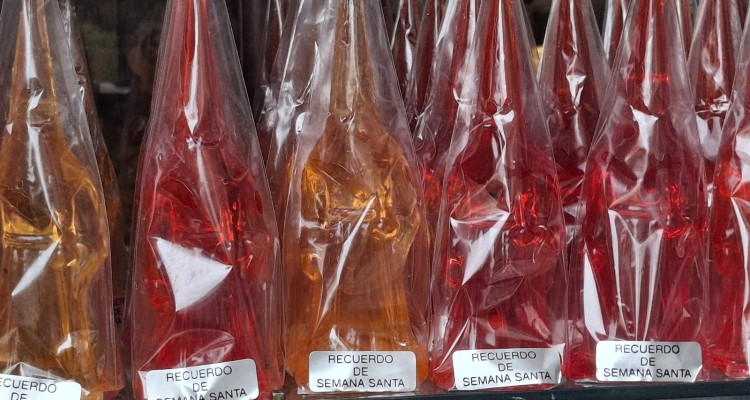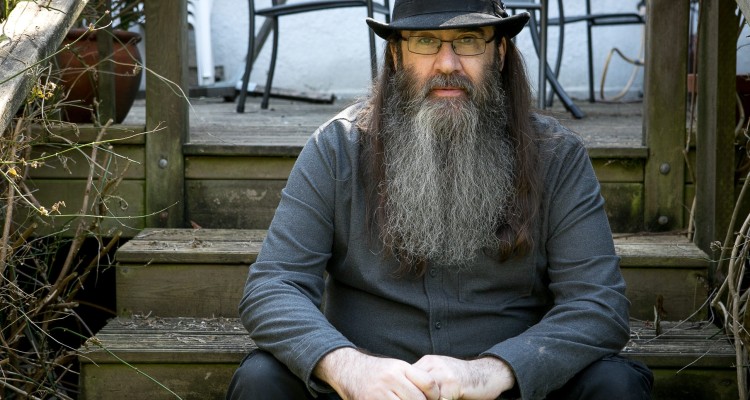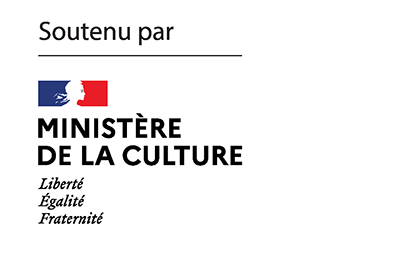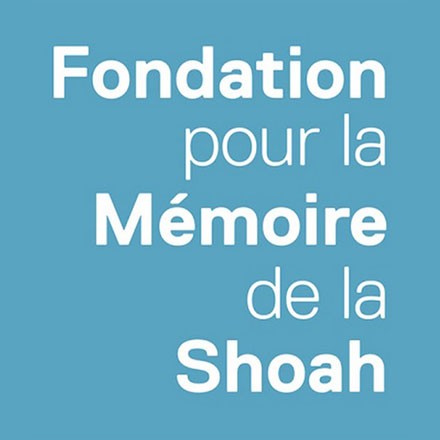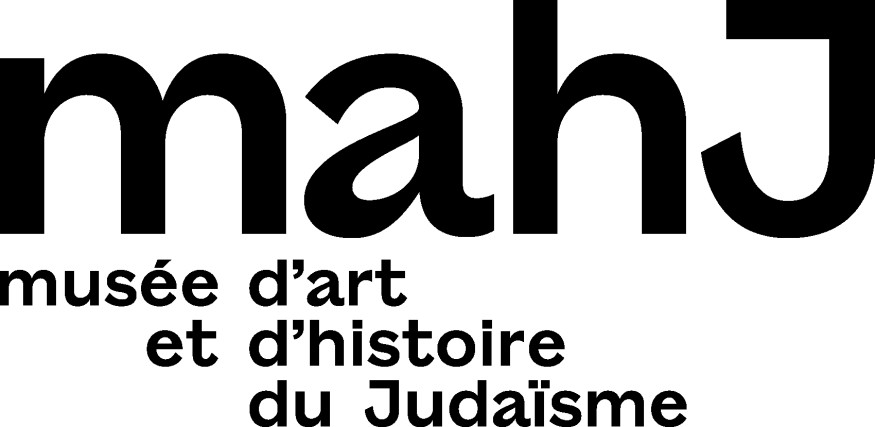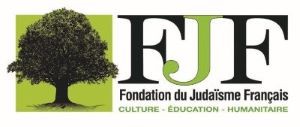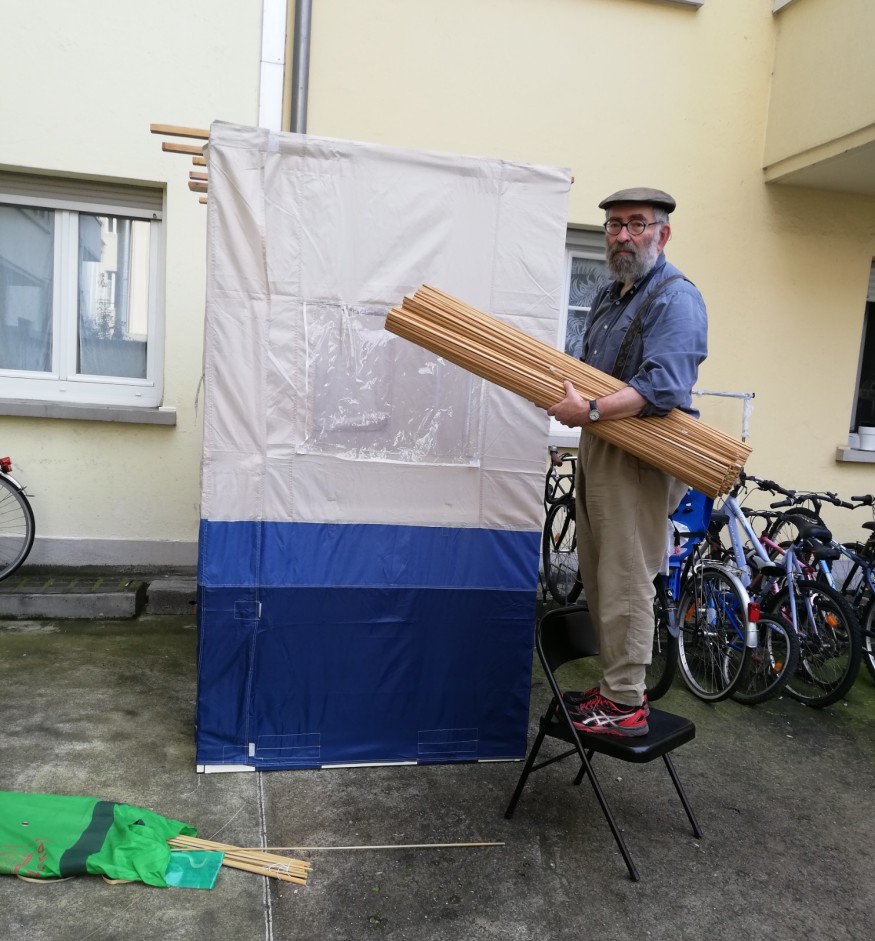
I like Sukkot.
For a week, Jews are required to eat their meals in an ephemeral dwelling, in Hebrew a sukkah, which is translated, for want of a better word, as “booth.” This draws the curiosity of children and perhaps softens the hearts of antisemites. The structure’s walls can be made of reinforced concrete, and the windows of Plexiglas, but the roof must be made of vegetation that is both dense enough to obscure the heavens while still permitting one to see the stars. A clever solid-fragile construction to which one repairs three times a day to eat, dining cart in tow. By temporarily settling outside while keeping one foot at home, inside and outside merge, primary and secondary residence are reversed. In short, you stage your own exile. And as I never manage to feel totally at ease where I am, hoping at each station that the next one will be the right one, this festival of fidgeting suits me perfectly.
During my childhood we didn’t have a sukkah. The courtyard of our building was huge but it was useless because a red sign warned that it was “forbidden to play in the courtyard.” Our upstairs neighbor, an Alsatian woman with peroxide blond hair, would enforce the law by glancing over her balcony at any child who ventured out. A deadpan comedian among our neighbors deduced the real meaning of this prohibition, turning the e into an i (jouer vs. jouir, “play” vs. “enjoy”). This was not exactly the right atmosphere in which to plant one’s sukkah one week a year. Precisely because the holiday of Sukkot is, in the Torah, the only one that includes an injunction to rejoice[1]. Joy on command, right at the time – the beginning of autumn – when Ecclesiastes and its lament that “all is vanity” are read in the synagogue, is applied to a holiday that takes place in a permanent tension with how other might perceive it.
First of all, what will the neighbors say about it? There is always the fear that a neighbor will oppose the construction of the booth, the noise it makes and the fact that the principle of religious life is confined to the private sphere. For seven days, Judaism no longer accepts secularism, intimacy is externalized, the street becomes a place to stay and the common space is occupied. If Hanukkah plays on the edge – the miracle of the lights must be seen from outside but placed inside the home – Sukkot subverts private and public.
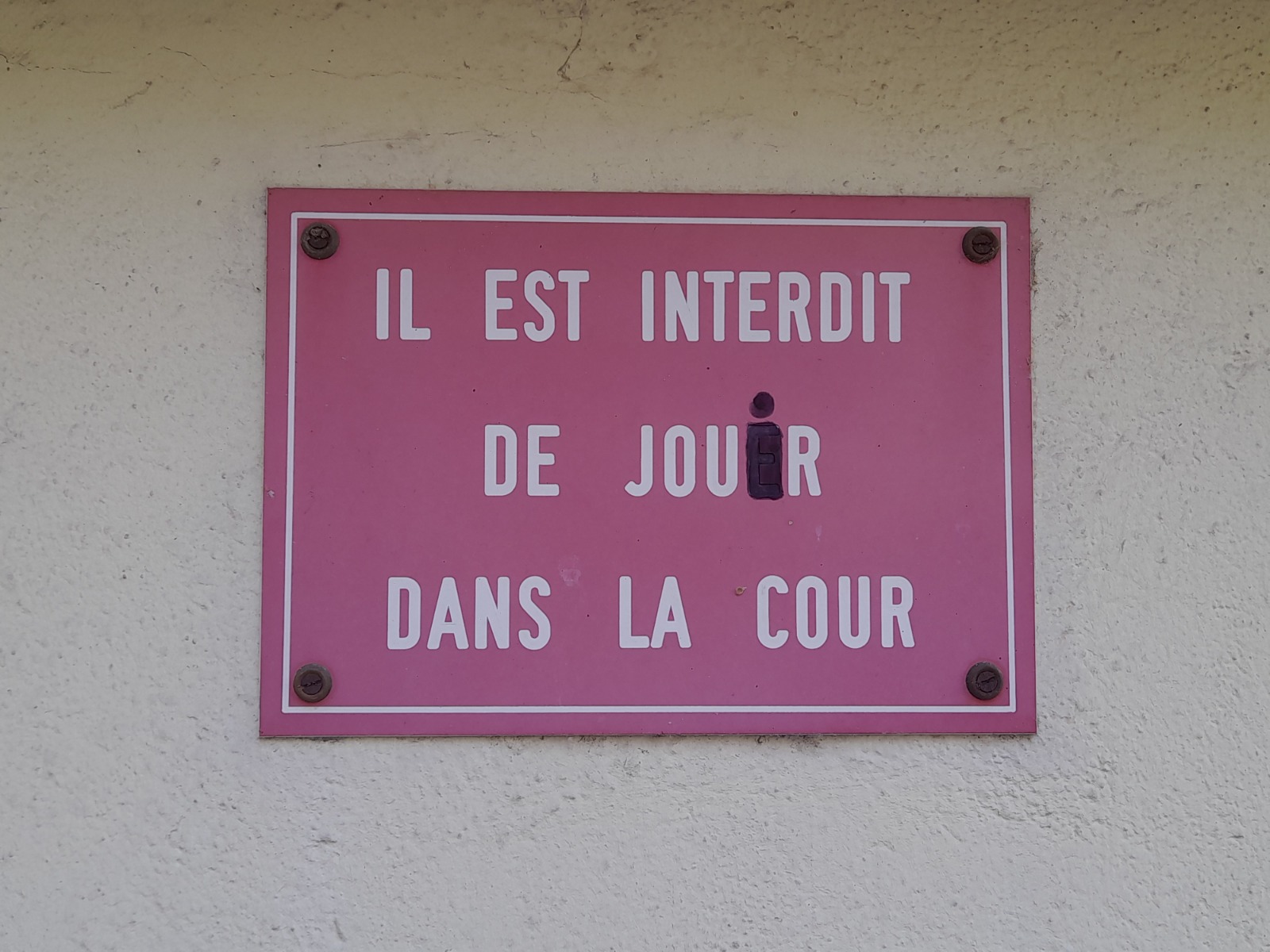
What will the other Jew say afterward: when you can’t build it on your balcony or in your yard, you are reduced to going to a communal sukkah. There one sits at a table with the congregation that one meets all year round in one’s synagogue, to whom one wishes “Shabbat Shalom”, with whom one exchanges perhaps two or three sentences, but with whom one also keeps a scrupulous distance by virtue of the rule according to which the Jewish people are divided into those with whom one prays and those with whom one speaks. On Sukkot the two groups merge, which is both pleasant and embarrassing for everyone. Each family brings its own dishes and customs, and from one table to the next they watch each other, compare notes, and everyone knows they are being surveilled.
This communal camping forces one to ask for the forgotten corkscrew from the shaggy bearded man who is always praying more intensely than the others, or to borrow the salt shaker from the bracelets-wearing show-off who is carefully avoided the rest of the time. Sometimes gastronomic and human encounters occur. One tastes the dishes of others, one exchanges recipes, one learns songs. Single people do their shopping, teenagers flirt, children slip under the tables. People get into a fight over a reserved seat, over an inappropriate word. Regularly, arguments break out and sometimes even fights. The joy of Sukkot, we call it.
It must be said that the first biblical occurrence of the term sukkah also appears in a context of rivalry/fraternity, long before the mention of the eponymous biblical festival. This occurs in the book of Genesis, immediately after the peaceful reunion between Esau and Jacob who has just become Israel[2]. Esau, the duped elder seemingly appeased, asks his cunning younger brother to walk with him. But Jacob, less athletic, refuses, he cannot go as fast as this steamroller Esau, traditionally perceived since the triumph of Christianity as the personification of the West, the builder of a world empire speeding past frail Israel. Their paths thus separate and Jacob leads his flock and family to a place called Sukkot where he builds huts. This raises a difficulty: since the hatchet has just been buried with Esau, from whom does he want to protect himself? Perhaps he needs to protect himself from his malevolence, a modern translation of the “evil eye,” that is to say, from the ability to harm from a distance, by the simple weapons of language, of the gaze, of thought, the products of a residue of resentment, of jealousy, of the conviction that the other illegitimately occupies a place that belongs to us without our wanting it.
Sukkot is also the festival of the 50 shades of Jewish practice. Since the scripture says only that one must reside in the sukkah[3] but without specifying what “reside” means exactly, everyone goes with their own interpretation. There are those, the Lubavitch for example, who do not consume a single crumb or drop outside the sukkah but certainly do not sleep there (this would be to profane the sanctity of the shack). Others make it a point of honor to sleep there. And then there are the accommodations of those who only eat the main course there and go upstairs to have dessert and coffee at home. And then there’s the over-the-top version of those who eat only the minimum amount of bread required for it to be legally considered a “meal” and then go home to bask in the warmth – but without eating any bread, of course. I even knew one who built his sukkah right in his sunroofed living room, feet in, head out.
My father may have taken the big yard sign too literally and didn’t build a sukkah during his first thirty Sukkot in Strasbourg. For an exile from the GDR, where both the individual and religion were suppressed, it was probably too much at once to ritually encroach on the public sphere and to display oneself as a religious person there. One does not leave a communist state in a day, especially when the space was strictly fixed and delimited by an impassable wall. At Sukkot, the Jew explores and explodes the borders in the same movement, carrying his space with him, like a turtle.
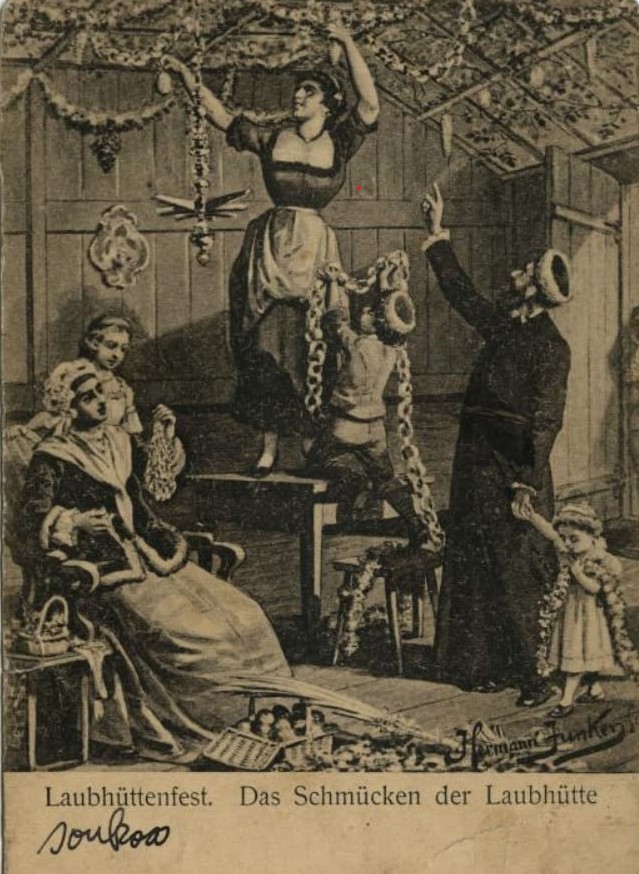
During this time we would go to the sukkah of the Yeshiva, which served as our community.
As my mother combined the supreme value of her gemütlichkeit (one of the untranslatable German words that “comfort” only imperfectly renders) and the daily prayer of thanksgiving in which she praised God for having made her a woman- and thus for having exempted her from a number of commandments, the least gemütlich of which was the sukkah – Sukkot was always a moment of one-on-one time between me and my father.
I have no recollection of the discussions we had, alone in the sukkah, but I do remember the preparation of the food basket, the drive to the Yeshiva, and the surprise of discovering who was sitting next to us at the table. Every Sukkot, I get the overwhelming feeling that I had spent time with him and that I was happy.
One day my father found the courage and built his own sukkah. Maybe he waited until we were no longer boisterous children and the neighbor upstairs was too old to protest. In any case, he built the smallest sukkah in the yard. Barely larger than the lilliputian dimensions required by the Talmud for a sukkah to be considered such: it must contain the head, most of the (body) and table of its owner[4]. I have often pictured such a sukkah as a Jew-trunk, no chair and one’s feet sticking out. This was the radical minimum required so that precariousness does not become homelessness and so that awareness of the stealthiness of our existences does not turn into a nihilistic manifesto.
Since my parents are Jews without tradition, their own ancestors having already assimilated for several generations, they had to cling to the branches – especially to say it at Sukkot – of a culinary tradition lost along the way. So my father began cooking his own cholent, a stew that purists eat every Shabbat, the Ashkenazi equivalent of Moroccan dafina.
My son, whose Tunisian grandmother cooks divinely, declares one day a year, on Sukkot, that cholent-de-Opa-Peter is his favorite dish. The dish in question is still in its pre-experimental stage, it has only the ingredients without the flavor or depth, but the grandson apparently recognizes his grandfather’s effort to catch up with an interrupted tradition and the audacity to set the gastronomic record straight.
The smallness of my father’s sukkah has long annoyed me. You have to bend over backwards, you can only have one guest and children quickly become a nuisance. With time, I have nevertheless become attached to this space where every centimeter counts and where the smallest gesture is a luxury. It forces one to be satisfied with what is and to see the great in the small, like the Jewish people whose nobility coexists with mediocrity, distinction with triviality and indestructibility with vulnerability.
Once, the three of us found ourselves in this sukkah. My children were not yet born. There was my father and I with a man whom I perceive as both a master, an uncle and the “last of the Jews”. As erudite as he was skeptical, one could not tell if he did not love the Torah as much as the herring he prepared and served to his disciples, so much so that one could not tell which of the two – the text or the fish – accompanied and gave sacredness to the other.
Above all, I saw him as the missing link between our domestic Germanness and our French sociability by necessity, between which a painful mental and cultural gap always remained. Brought up between Strasbourg, Switzerland and Jerusalem, familiar with the greatest Yiddish-speaking masters who survived the Shoah and speaking a perfect French that seemed to be the false mask of an Ashkenazi identity impossible to express fully in France, I had projected on him that he would be the longed-for bridge between the two shores. That he would be our only guest in this inside-outside place that is the sukkah therefore made sense.
The relationship between him and my father was never simple. Not the shadow of a quarrel – that would be too simple – but let’s just say that the meeting between a Prussian, formerly communist, baal techuva[5] and a Polish man who had fallen into the Torah when he was a little boy, but had been pulled out of it, was not a foregone conclusion. The meal was going to be long and tense, and I was going to play my natural but exhausting role of dish setter and lightning rod for latent tensions. And the unexpected happened: a violent wind, coming from nowhere in this isolated courtyard, literally blew our sukkah down, which found itself for a moment, furtive but interminable, in levitation. The soup on our knees, the roof on the ground, unharmed but stunned, the tornado had screwed up the hut and all our tensions.
The image of the straw hut blown away by the big bad wolf came to me. It is in adversity that the three little pigs come together as it is also at Sukkot that the four types of Jews, symbolized by so many plants[6], form a bouquet. The date palm, the citron, the myrtle and the willow branch each possess a characteristic relating to their fragrance (the study, abstract and ethereal) and their taste (the palpable, concrete practice of the commandments). Whether they combine both properties, contain only one or the other or neither, would the four hold together without a common awareness of their fundamental insignificance?
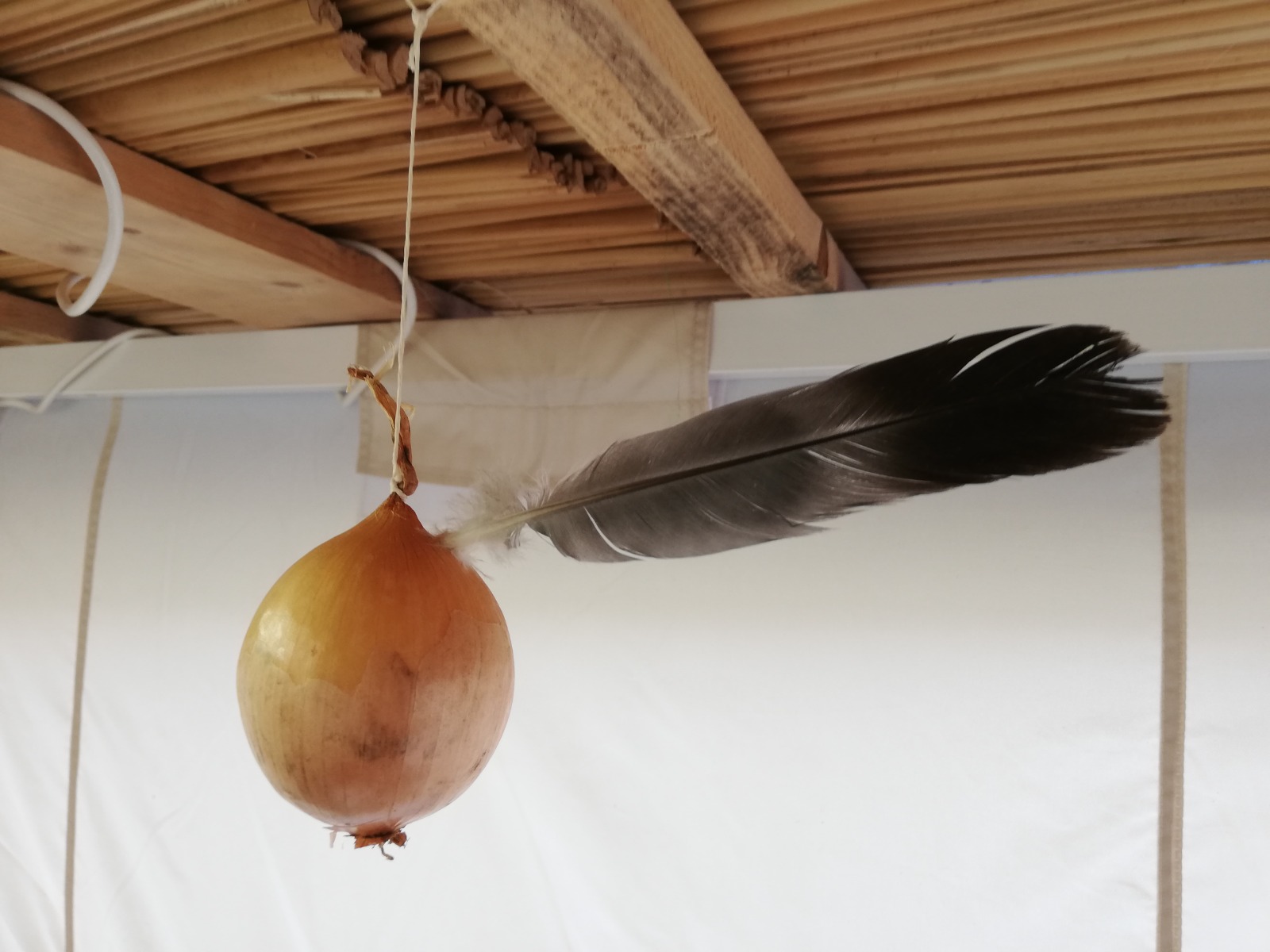
It is customary to decorate the sukkah. My father’s sukkah has a single, very strange ornament. Not content to pass for Indians by waving branches for a week, the Rhineland Jews – and only they – have developed a custom of hanging an onion with a feather in it in their sukkah. This is a play on words: the sukkah is associated with the divine wings under whose shade we take refuge. Since Hebrew has no written vowels, the verse “in the shadow of Your wings”[7] (betsel kenafe’ha) can also be read batsal kenafe’ha, literally the onion of Your wings. The semantic justifications work after the fact, and I always wondered what this Jerome Bosch-like bulb could mean to these Jews from lands where they lived mostly in the shadow of the Church, bullying and pogroms.
A hut that flies away without collapsing, fragile but perennial, an onion – the human heart – pierced but out of reach, my father’s sukkah contains the essential: the Jewish condition in exile, precarious but tenacious.
I have never yet built my own sukkah. I always found an alibi. Before, I didn’t have a balcony, only a tiny courtyard, and I was too lazy to ask the whole neighborhood for permission, and I lacked confidence in my DIY skills. Now I have a balcony, but it’s covered, which would invalidate the sukkah that must give on the sun from which it shades us and the famous stars that must line its ceiling.
In short, I still squat in other people’s sukkahs, especially my father’s, tiny but endearing, in his courtyard in Strasbourg, where he has conquered the possibility of enjoyment, however imperceptibly.
Ruben Honigmann
Notes
| 1 | ”You shall keep the feast of Sukkot for seven days […] and you shall rejoice in your feast, you, your son, your daughter, your servant, your handmaid, the stranger, the widow, and the orphan who are within your gates” (Deuteronomy ch.16, v.13-14) |
| 2 | Genesis 33:17 |
| 3 | Leviticus 23:42 |
| 4 | Babylon Tammud, Tractate Sukkah, Chapter 2 Mishna 7 |
| 5 | A “returned” (to Torah) |
| 6 | Leviticus ch. 23, v.40 |
| 7 | Psalms 36:8 |
